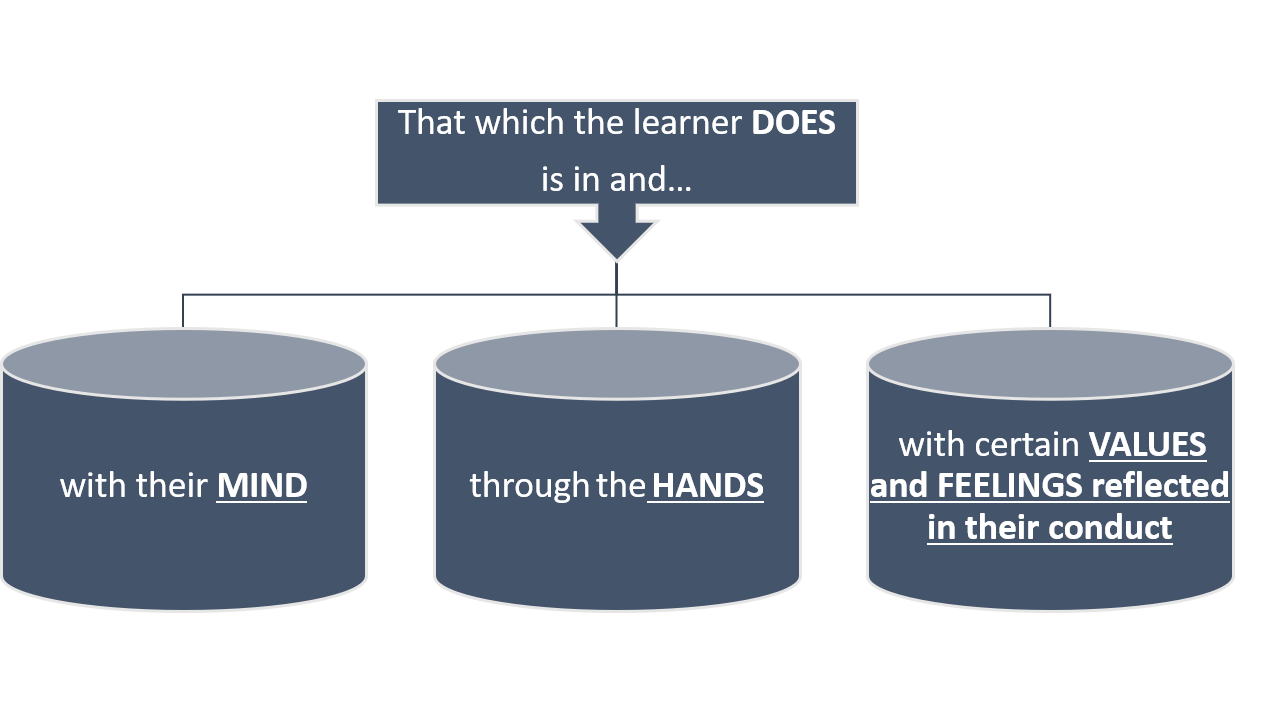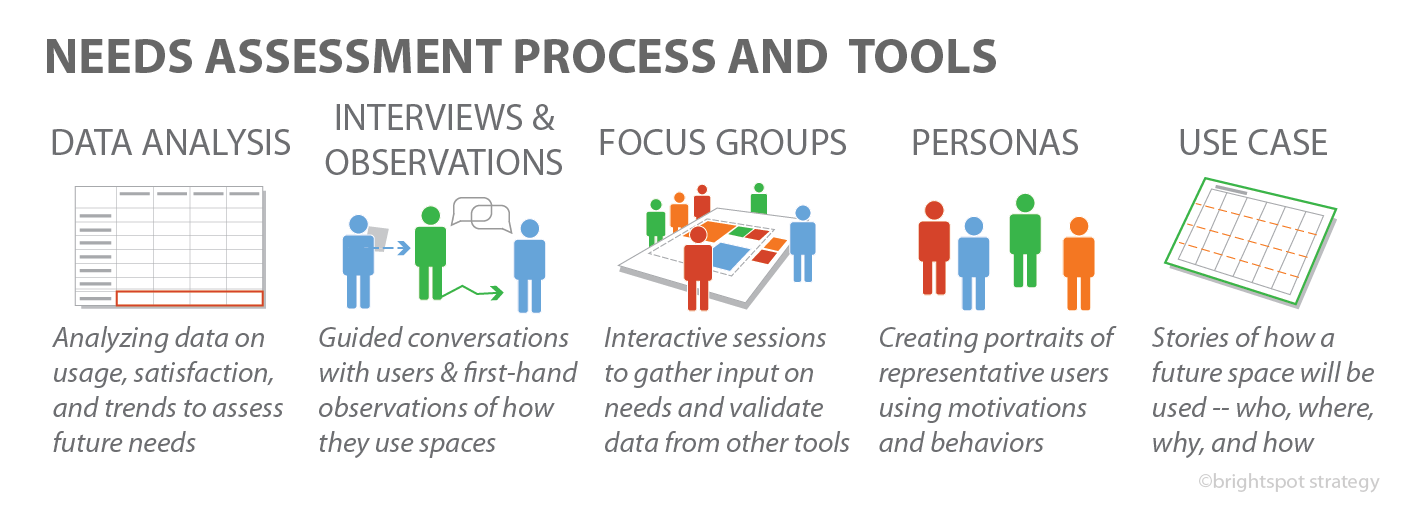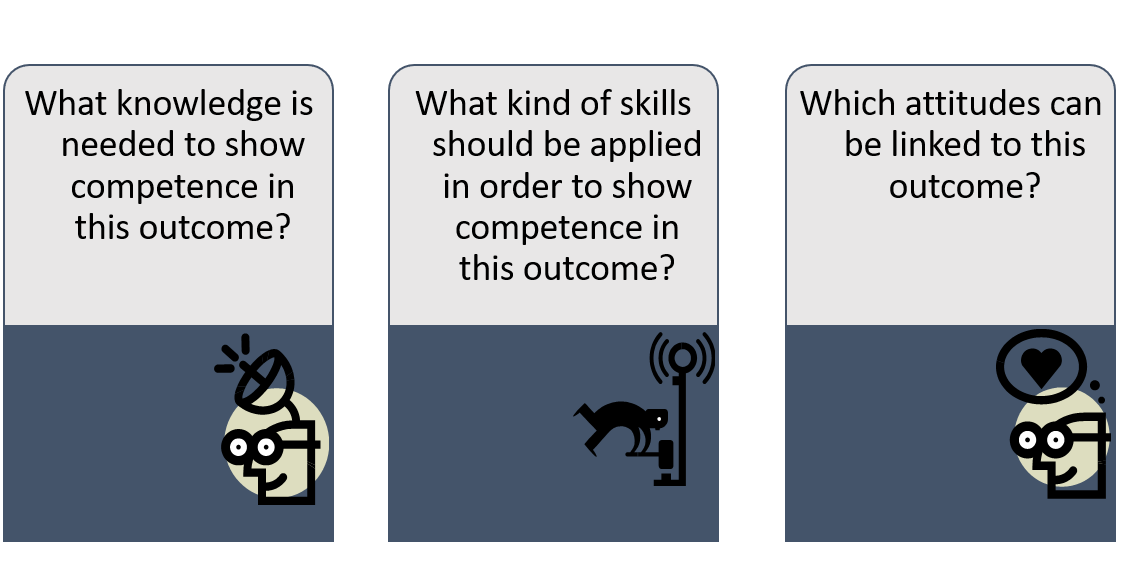According to SAQA’s guidelines for integrated assessment, assessors should strive for the following in terms of assessment instruments:
Integrated assessment is put into practice by doing the following:
- Assessing a number of outcomes together [or]
- Assessing a number of assessment criteria together [or]
- Assessing a number of unit standards together [and]
- Using a combination of assessment methods and instruments for an outcome/outcome [and]
- Collecting naturally-occurring evidence (such as in a workplace setting) [and/or]
- Acquiring evidence from other sources such as supervisor’s reports, testimonials, portfolios of work previously done, logbooks, journals, etc. (SAQA, 2001: 55).
“Integrated assessment should offer an opportunity to demonstrate the depth and breadth of learning at all stages and in a variety of ways throughout the learning programme.”
Lecturer Broadcast: Click here to view an explanation of assessment methods and instruments.
Choosing The Correct Assessment Instrument To Use During The Assessment
In order to ensure that the instrument we choose for use during the assessment process, meets the requirements to measure the competence of the outcome that will be assessed, it is very important to analyse the unit standard and its associated outcomes and criteria very closely.
For assessment to be meaningful it should be fully integrated into teaching and learning and should guide decisions about the activities that will support and enhance learning.
Assessment should not be an “add-on” used at the end of a learning programme in the form of a once-off written examination. This type of examination does not provide learners or educators with opportunities to determine the gaps in learning where remediation can be undertaken. Neither does a written examination generally attempt to assess the integration of learning in line with the purpose of qualification. This does not mean that written examinations cannot be used as a form of assessment. However, an over-reliance on one form of assessment and assessing only one mode of learning is no longer defensible (SAQA, 2000).
This process of unit standard analysis is often referred to as “unpacking a unit standard”.
|
Specific Outcome Targeted |
|
|||||||||
|
What verb is used in the SO? (What is the “thing” that the learner must ultimately be able to do?) |
|
Which is the outcome more related to? |
Skills (An Action) |
Knowledge (Understanding) |
||||||
|
Assessment Criteria |
What kinds of Essential Embedded Knowledge are necessary to reach this criterion |
What kinds of CCFO development are necessary in order to reach this criterion |
How can I help the learner to get the foundational competence he/she needs? |
How can I help the learner get the practical competence he/she needs? |
What kinds of special attributes are related to the outcome and how can I help the learner to develop them? |
|||||
|
Once you have “ideas” and “Content” written here, it should satisfy the following statements: |
The learner has background knowledge of… |
The learner acts according to… |
The learner knows and understands the following related to the task… |
The learner is able to do the following… |
The learner shows the following qualities and attributes… |
|||||
Once you have a clear understanding of what is required, then you can evaluate the assessment instruments available to ensure that they are “Fit for Purpose”.
Traditional forms of assessments, like tests and written assignments, are helpful to assess a person's knowledge and even to a certain extent the skills they may have. But, competency is more than this. Competency is about whether a person can apply their knowledge and skills effectively in various contexts - about whether they can:
- Find creative solutions to problems.
- Deal with unexpected situations.
- Work well in a team
A learner is considered competent when he/she can demonstrate:
- Knowledge and understanding of background information.
- Practical, interpersonal and specialist skills.
- Application of skills and knowledge in varied situations.
When considering assessment methods, it is particularly useful to think first about what qualities or abilities the assessor is seeking to engender in the learners. Nightingale et al (1996) provide eight broad categories of learning outcomes which are listed in the guidelines for integrated assessment. Within each category, some suitable methods are suggested.
The main considerations that the assessor has to take into account, are:

Choosing an Assessment Method That Fits The Purpose Of The Assessment
Before assessors can really choose the appropriate or correct method for assessment, we need to refer back to Bloom’s Taxonomy in order to understand what each outcome asks of the learner.
Bloom's Taxonomy model is in three parts or 'overlapping domains. Again, Bloom used rather an academic language, but the meanings are simple to understand:
Cognitive domain (intellectual capability, i.e. knowledge, or 'think')
The affective domain (feelings, emotions and behaviour, i.e. attitude, or 'feel')
The psychomotor domain (manual and physical skills, i.e. skills, or 'do')
More information to help you understand:
|
Cognitive Knowledge |
Affective Attitude |
Psychomotor Skills |
|
1. Recall data |
1. Receive (awareness) |
1. Imitation (copy) |
|
2. Understand |
2. Respond (react) |
2. Manipulation (follow instructions) |
|
3. Apply (use) |
3. Value (understand and act) |
3. Develop precision |
|
4. Analyse (structure/elements) |
4. Organise a personal value system |
4. Articulation (combine, and integrate related skills) |
|
5. Synthesise (create/build) |
5. Internalise value system (adopt behaviour) |
5. Naturalisation (automate, become expert) |
|
6. Evaluate (assess, a judge in relational terms) |
|
|
Ensuring That The Assessment Is Pitched At The Correct Learner Level
Note that ABET (Adult Basic Education and Training) Levels 1 to 4 are all on NQF Level 1
|
NQF STRUCTURE |
|||||||
Band |
NQF Level |
Types of Qualifications and Certificates |
Locations of Learning for Units and Qualifications |
||||
|
Higher Education and Training Certificate – HET |
|||||||
|
Higher Education and Training (HET) |
10 |
¨ Doctorates |
Tertiary/Research/Professional Institutions |
||||
|
9 |
¨ Masters |
||||||
|
8 |
¨ Postgraduate diplomas ¨ Certificates, Bachelors with Honours |
||||||
|
7 |
¨ Bachelor’s Degrees ¨ Graduate Diplomas |
||||||
|
6 |
¨ Higher Diplomas |
Universities, Technikons (Universities of Technology), Colleges, Workplace, Private/Professional Institutions (Training Providers) |
|||||
|
5 |
¨ Diplomas ¨ Occupational Certificates |
||||||
|
Further Education and Training Certificate – FET |
|||||||
|
Further Education and Training |
4 |
School/College /Trade Certificates/Learnerships |
State/Private High Schools, Technical Schools and Colleges, Private Colleges, Nursing/Military/Police Training Centres, Industry Training Boards, RDP/Labour Market Schemes, Unions, Workplaces |
||||
|
3 |
|||||||
|
2 |
|||||||
|
General Education and Training Certificate – GET |
|||||||
|
General Education and Training |
1 |
Senior Phase |
ABET level 4 |
Formal Urban/Rural/Farm/Special Schools, occupational/work-based training, RDP/Labour Market Schemes, NGO’s – churches, night schools, ABET programmes, private providers, Industry Training Boards, Unions, Workplaces, upliftment/community programmes, |
|||
|
Intermediate Phase |
ABET level 3 |
||||||
|
Foundation Phase |
ABET level 2 |
||||||
|
Pre-school |
ABET level 1 |
||||||
Classification of Assessment Evidence
Essentially, all evidence can be classified into 3 different categories:
Historical - Evidence from prior learning and skills that are mostly used to establish RPL or initial learning during the diagnostic assessment such as certified copies of certificates from other skills training courses related to the field of learning.
Direct - Evidence that was observed directly by the assessor during the assessment and some types of naturally-occurring evidence, for example, work samples and observation checklists.
Indirect - Evidence that was given by a 3rd party witness such as a performance appraisal by a 3rd party mentor or coach.


